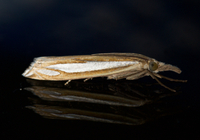
| Recorded by: Tony McBride, Jim Petranka and Becky Elkin on 2025-10-28
Carteret Co.
Comment: | 
| Recorded by: Mark Basinger on 2025-10-03
Richmond Co.
Comment: |

| Recorded by: Jim Petranka, Mark Basinger and Becky Elkin on 2025-08-30
Richmond Co.
Comment: | 
| Recorded by: Jim Petranka, Mark Basinger and Becky Elkin on 2025-08-30
Richmond Co.
Comment: |
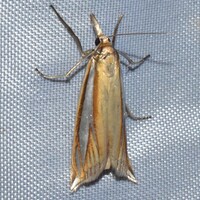
| Recorded by: Jeff Niznik, Larry Chen, Sarah Toner, Kaitlyn Elliott on 2025-08-16
Richmond Co.
Comment: | 
| Recorded by: David George, Jeff Niznik, Rob Van Epps, Kevin Metcalf on 2025-07-20
Richmond Co.
Comment: |
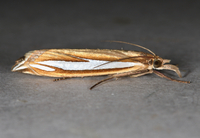
| Recorded by: Jim Petranka on 2025-05-24
Richmond Co.
Comment: | 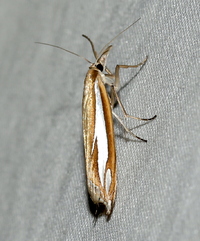
| Recorded by: David George, Jeff Niznik, Jim Petranka, Becky Elkin on 2025-05-24
Richmond Co.
Comment: |
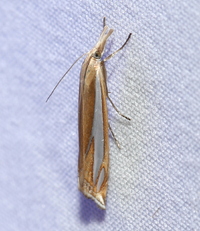
| Recorded by: David George, Jeff Niznik on 2025-05-24
Richmond Co.
Comment: | 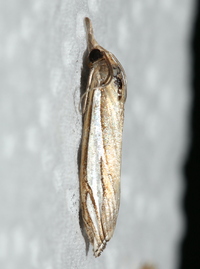
| Recorded by: David George, Jeff Niznik on 2025-05-09
Cumberland Co.
Comment: |
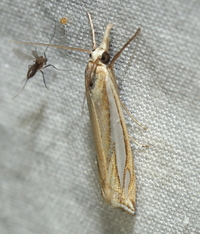
| Recorded by: David George, Jeff Niznik on 2025-05-09
Cumberland Co.
Comment: | 
| Recorded by: Mark Basinger on 2025-05-03
Brunswick Co.
Comment: |
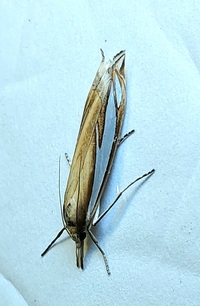
| Recorded by: Mark Basinger on 2025-05-03
Brunswick Co.
Comment: | 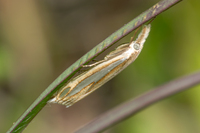
| Recorded by: Mark Shields on 2025-05-01
Anson Co.
Comment: |
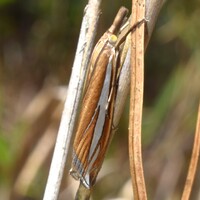
| Recorded by: Jeff Niznik, Steve Hall, David George on 2025-04-20
Richmond Co.
Comment: | 
| Recorded by: Mark Basinger on 2025-03-28
Brunswick Co.
Comment: |

| Recorded by: Mark Basinger on 2025-03-28
Brunswick Co.
Comment: | 
| Recorded by: Larry Chen, Sarah Toner on 2024-05-31
Beaufort Co.
Comment: |
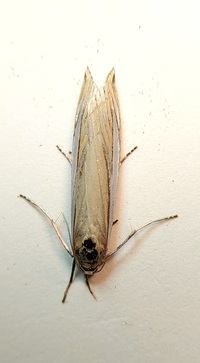
| Recorded by: Mark Basinger on 2024-05-09
Wilson Co.
Comment: | 
| Recorded by: Mark Basinger on 2024-05-09
Wilson Co.
Comment: |
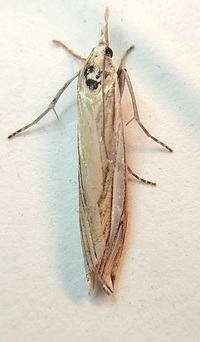
| Recorded by: Mark Basinger on 2024-05-07
Wilson Co.
Comment: | 
| Recorded by: Mark Basinger on 2024-05-07
Wilson Co.
Comment: |

| Recorded by: David George, Jeff Niznik, Rich Teper on 2024-04-16
New Hanover Co.
Comment: | 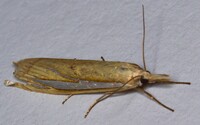
| Recorded by: Stephen Dunn on 2024-04-14
Orange Co.
Comment: |

| Recorded by: Mark Shields on 2023-04-21
Onslow Co.
Comment: | 
| Recorded by: Mark Shields on 2020-11-20
Carteret Co.
Comment: |
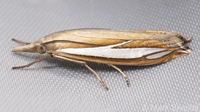
| Recorded by: Mark Shields on 2020-05-01
Onslow Co.
Comment: | 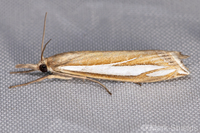
| Recorded by: Mark Shields on 2020-04-30
Onslow Co.
Comment: |

| Recorded by: Mark Shields, Hunter Phillips on 2020-03-27
Onslow Co.
Comment: | 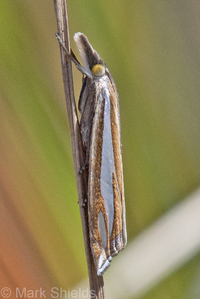
| Recorded by: Mark Shields, Hunter Phillips on 2019-10-23
New Hanover Co.
Comment: |
|

 »
»





















